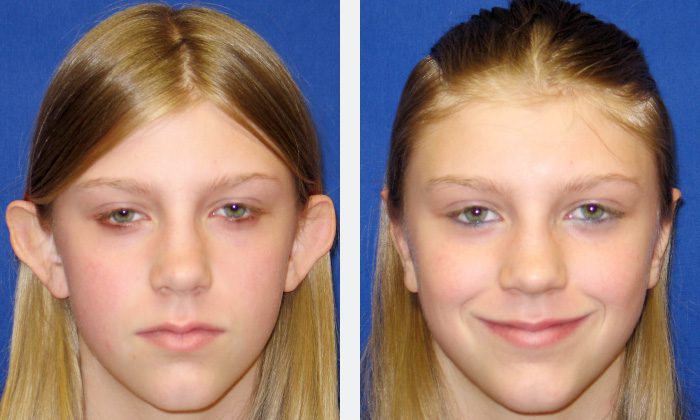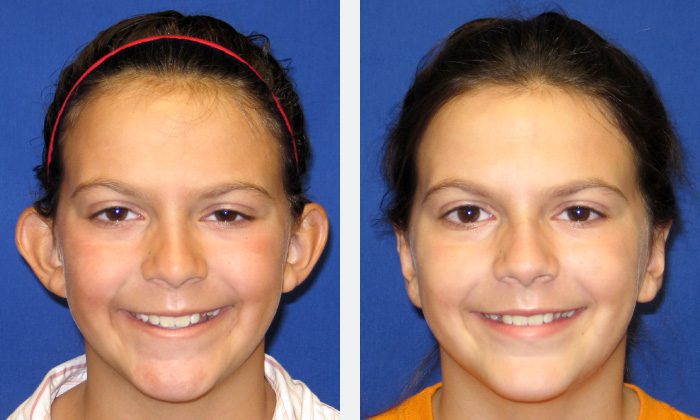Rhinoplasty is a type of surgery intended to reshape the nose. Usually the intent is to achieve cosmetic improvement, for instance by removing a bump on the nose or by refining the nose tip. In other cases the intent of surgery is to improve breathing, again by reshaping the nose. Rhinoplasty can be used to improve both congenital and traumatic deformities.
Rhinoplasty is an outpatient surgery, usually taking an hour or two. Techniques vary, but usually involve small incisions hidden inside the nose or under the nose, and therefor scars are hidden and minimal.
Typically, the post-operative course is noticeable by a bandage (worn for a week or less), some congestion, bruising and swelling. Pain is usually minor and can be handled with pain medication. Complications are rare and, when they occur, minor. These may include infection, nosebleed, or a reaction to the anesthesia.
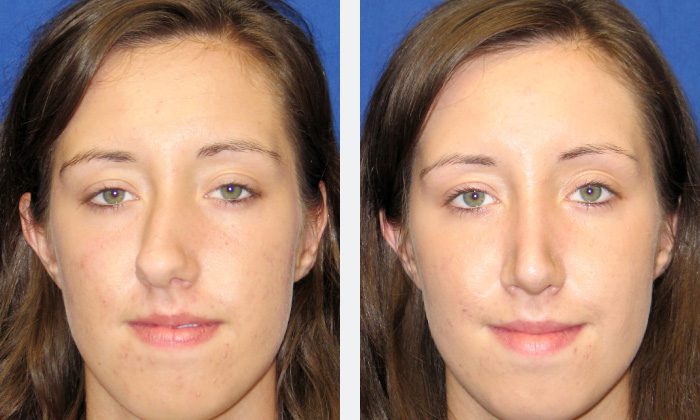
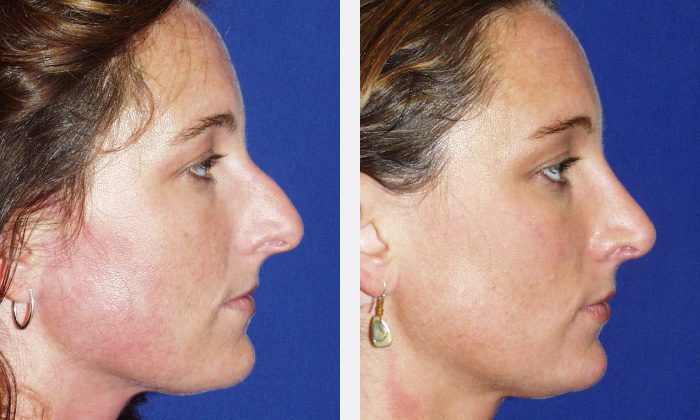
Eyelid rejuvenation surgery is one of the most common procedures done to enhance facial appearance. Eyelid rejuvenation surgery is typically performed under local anesthesia as an office procedure, though it is done under general anesthesia in certain circumstances. The procedure typically takes an hour or two. The result is a more youthful, rested eyelid appearance. Alternatively, blepharoplasty is also done to remove excess skin and soft tissue that may block vision. In such circumstances, the procedure may be covered by medical insurance.
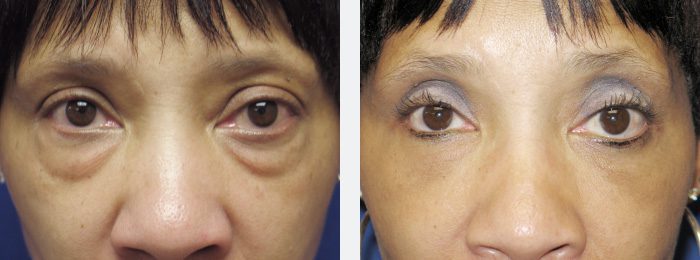
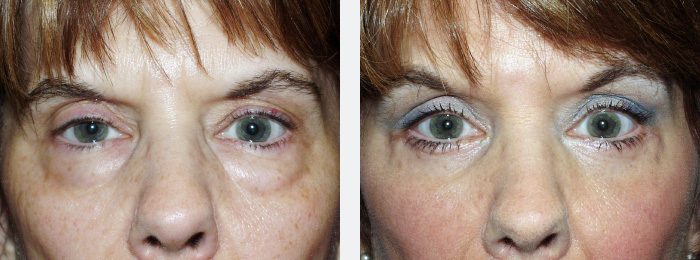
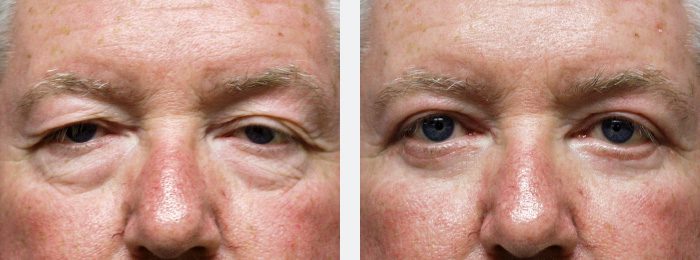
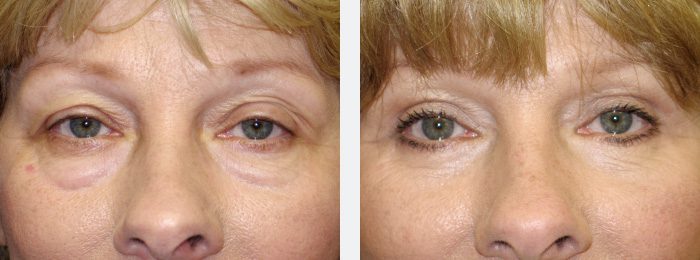
The face lift procedure is designed to rejuvenate the cheek, jowl and neck areas of the face. Incisions around the hairline and around the ear are used to elevate the facial skin and soft tissues. After the facial soft tissues are elevated and tightened, the skin is repositioned to create a smoother, rejuvenated appearance. Incisions are hidden in natural boundaries and creases, the scaring is minimalized. The surgery can be done under local anesthesia in-office or under general anesthesia.
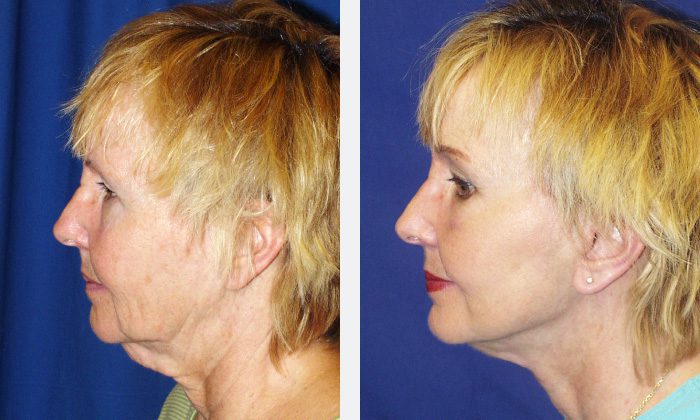
Neck lift is a procedure designed for facial rejuvenation. This procedure can reduce wrinkling and sagging and also address the fullness of the neck or lack of definition in the neck. The procedure causes tightening and restructuring of the skin and underlying tissues of the neck so that it appears younger or less heavy.
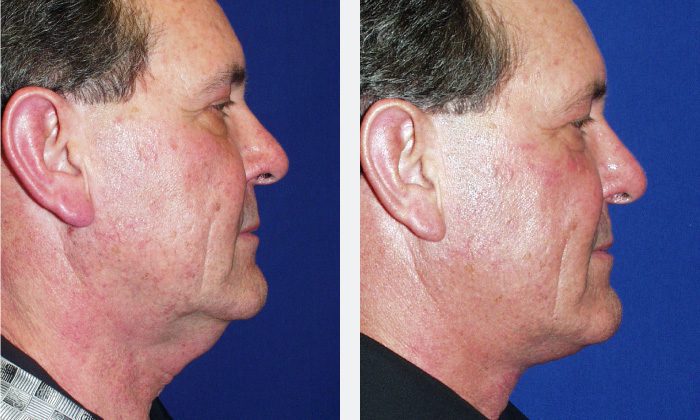
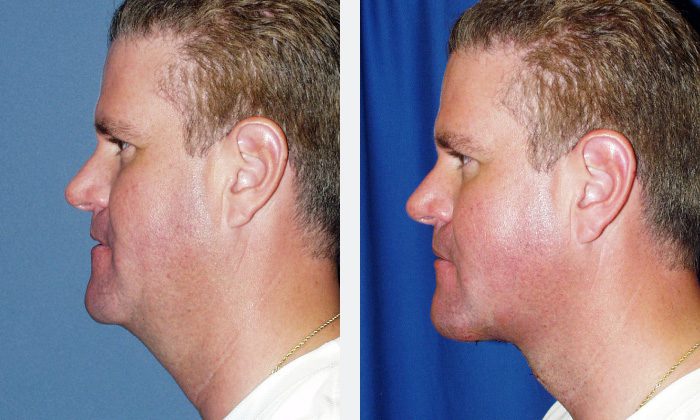
Otoplasty is an operation designed to reduce prominent ears. The surgery is indicated for adults and children who have become self-conscious about protruding ears. Because the ear reaches near-adult size by age five to seven, children who are about to enter school and increase their interactions with their peer groups are excellent candidates for this surgery. Incisions are placed on the back of the ear to minimize and cover any scars, and to produce a normal appearance. Otoplasty can be performed under either general or local anesthesia, depending on the patient’s age and maturity.
